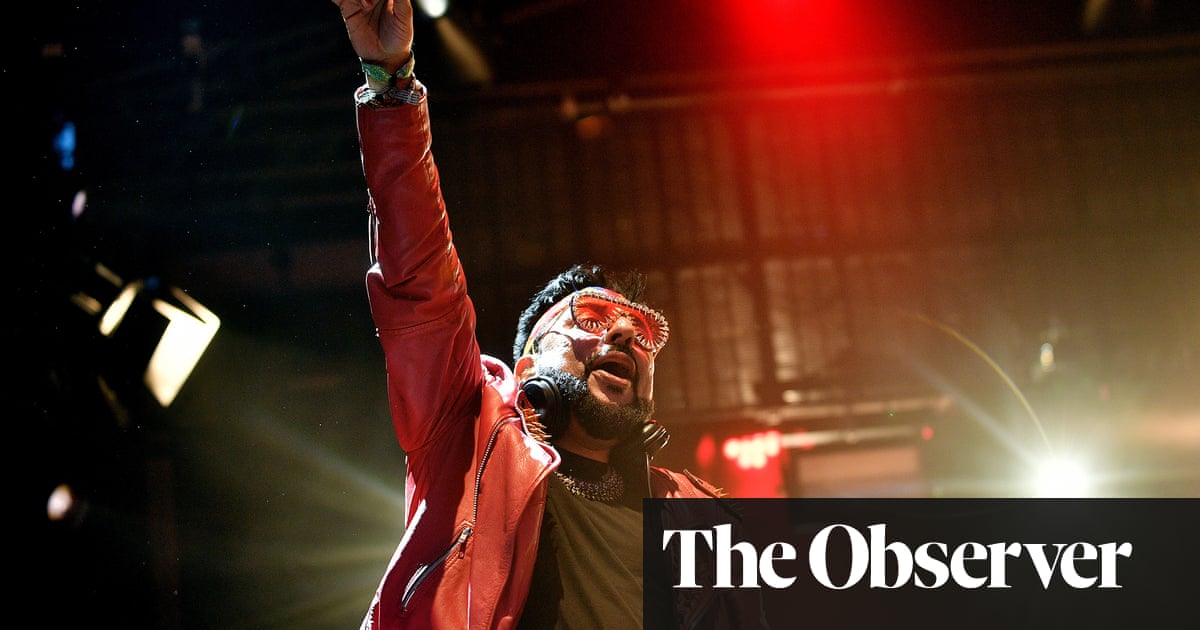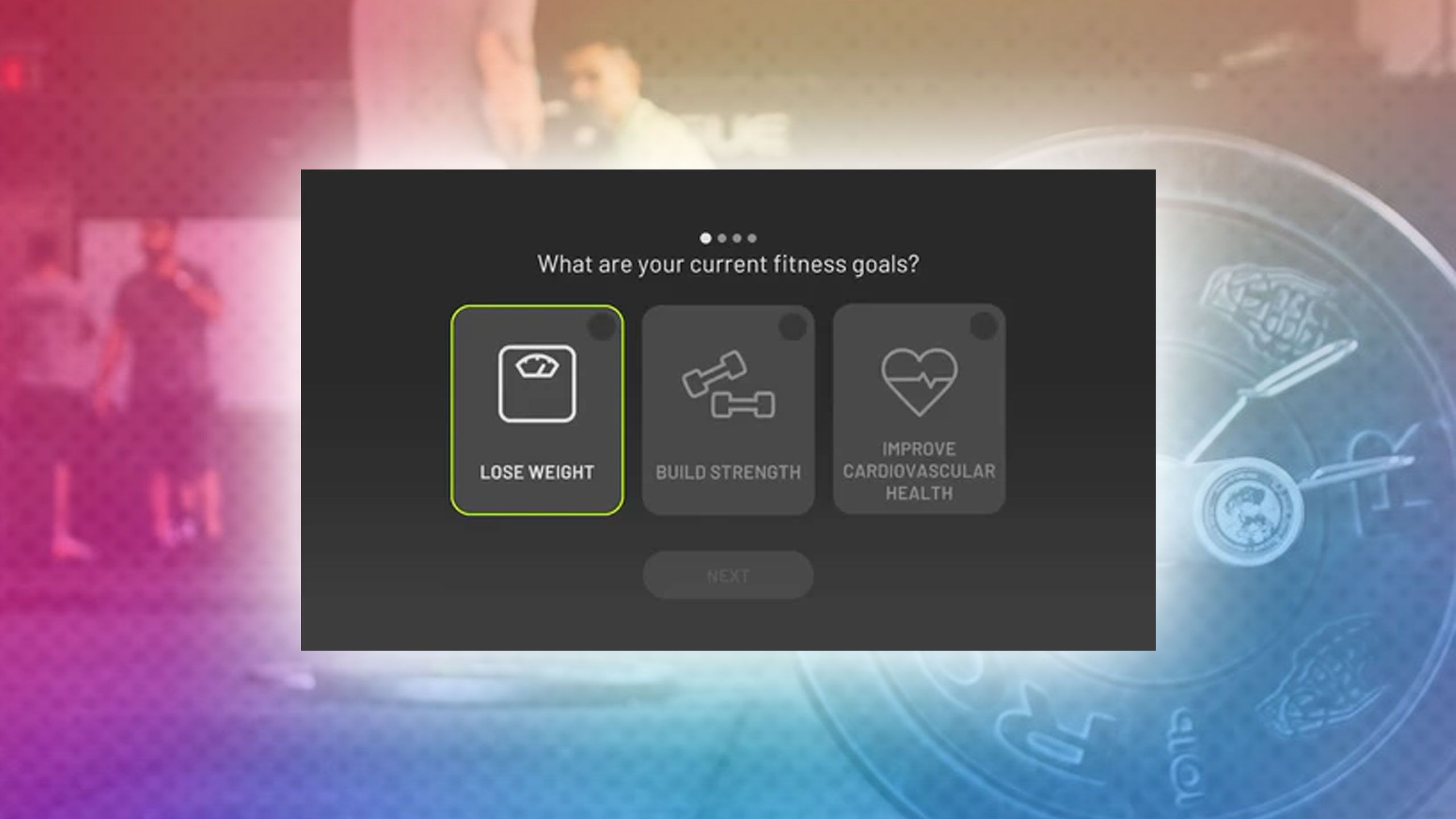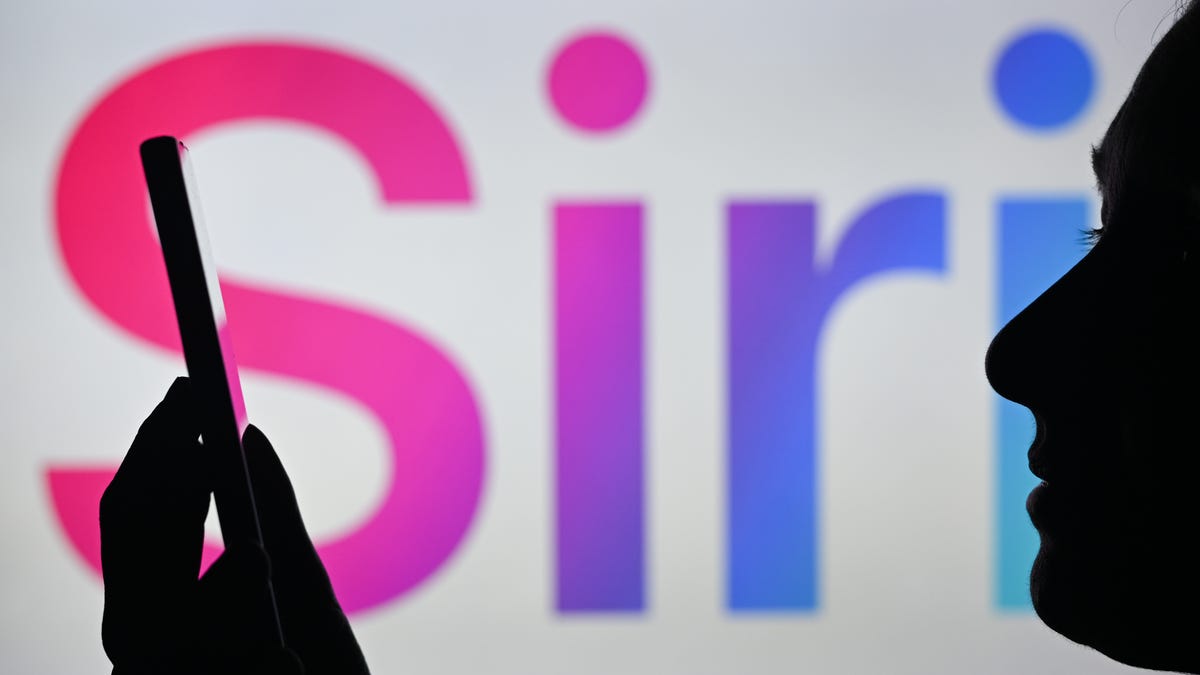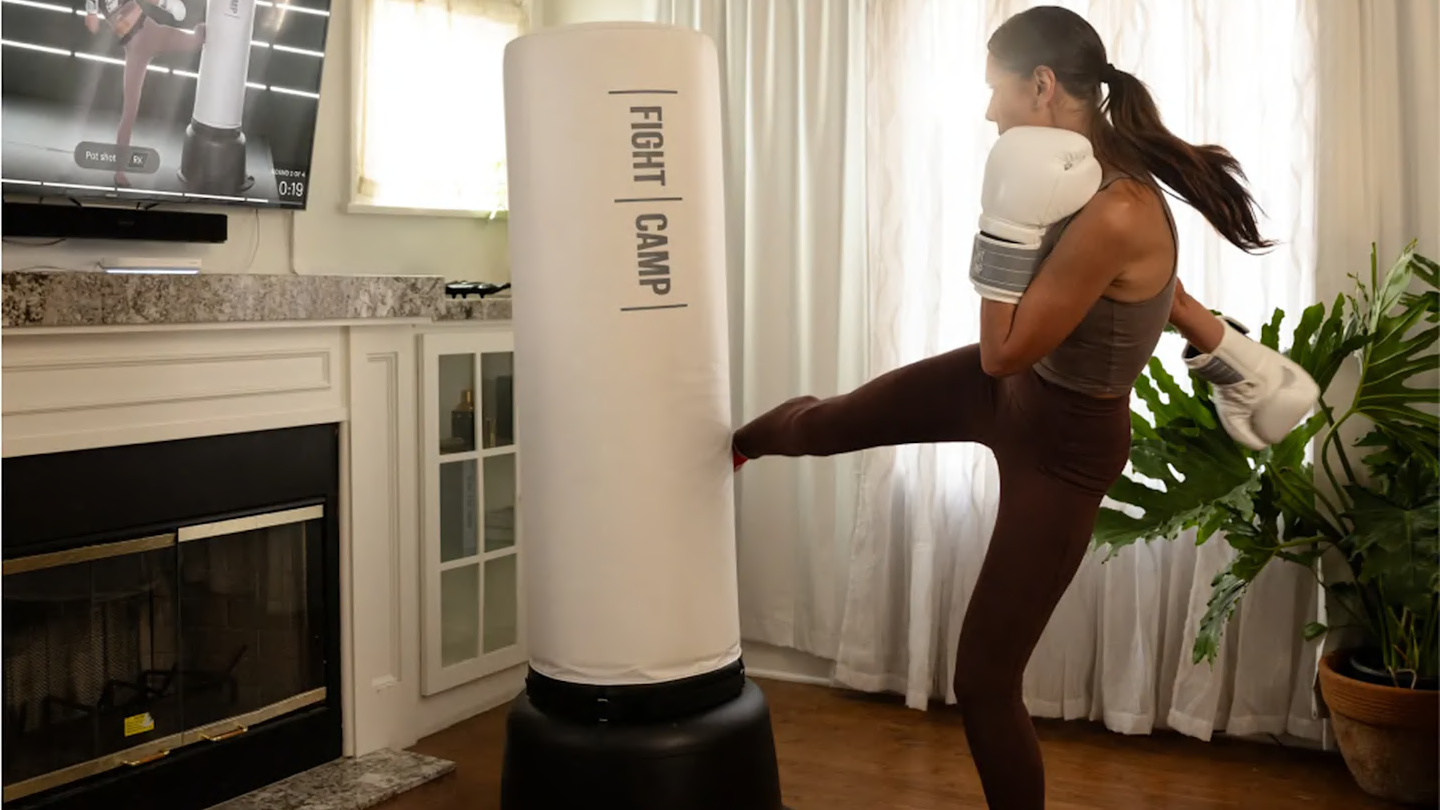World
‘We’re trying to change the festival world’: how south Asian music is transforming Glastonbury

My most frequently used sentence in the past few months has probably been: “I managed to get a Glastonbury ticket.” After years of trying, I will finally be setting foot in Worthy Farm next weekend and – even more exciting – I will be making my debut in the same year as the festival’s first ever dedicated south Asian area.
The new space, called Arrivals, will host an entirely south Asian lineup, and was programmed and designed by an entirely south Asian team, from the set designers to the sound system operators.
For me, as a regular festival-goer and a British Bangladeshi woman, this is exciting: south Asian culture is rich in art, music and creativity yet is underrepresented in mainstream spaces.
Arrivals will be in the Shangri-La area of Glastonbury, in the south-east corner of the festival, which hosts a lineup of artists and speakers each year that offers a different experience from the bigger stages, and has long prided itself in championing underground and alternative voices. The artists – some of whom are my friends – include Nabihah Iqbal, Nikki Nair, Surya Sen and Manara.
“What makes this space unique is that it is built from the ground up,” says Ahsan-Elahi Shujaat, director of events at Dialled In, one of the cultural organisations that have created this space. “There have been waves of south Asian takeovers [at Glastonbury] before, where artists would come and perform on existing spaces and stages, but this space is created entirely by us. We’ve never been given 360-degree scope like this before.”
Dialled In will host events in London and Manchester this summer, but Shujaat says the scale of the operation at Glastonbury is unlike anything they’ve ever worked on before. “Normally we can’t do this – we can’t just employ a team of 70 to 100 people to make our visions come true – but with Arrivals it’s been possible.”
The space has been billed a “sensory feast of vivid lights and colours, remixing the worlds of pulp sci-fi classics within a newly redefined south Asian aesthetic”, a “solar punk” theme with carnivorous plants and cyborg beasts. The set designers include Shankho Chaudhuri, who has worked with the National Theatre; Esha Sikander, who has worked on Dialled In’s festivals in London; and Osheen Siva, who is based in India and whose work has been featured in the New York Times.
In some south Asian communities, there is stigma around music festivals, and negative perceptions about them and the people who attend them. Taking up space as south Asians is so important because it begins to normalise our bodies at these events and to break down preconceptions within our own communities.
It can also challenge biases that others have about south Asian people. We’re so underrepresented in popular culture and, for decades, when we have been represented, we have often been stereotyped. This is a chance for south Asian people to set the agenda.
Pioneering BBC Asian Network DJ Bobby Friction has been playing at Glastonbury since 1998, and hosted a Going South takeover of south Asian music at the festival last year. He has called the new Arrivals space a “dream come true”.
It’s particularly significant to see south Asian representation at Glastonbury because the festival has a reputation for attracting mostly middle-class white people. This might mark the start of greater diversity among the punters too.
after newsletter promotion
I’m not alone in wanting to see this type of representation and community collaboration replicated further. Shangri-La’s creative director Kaye Dunnings says: “Having south Asian artists making this space is really important to us. There’s a difference between this and just inviting people to a predominantly white space. That’s not what we’re about at all. We are one family working together to create opportunities for each other.”
She says Shangri-La wants to set a precedent for other music festivals and push for greater representation at large-scale events. “We’re trying to push change in the festival world. There are so many amazing artists who deserve that space, and we want to open conversations and make festivals a place for everybody.”
If more festivals worked with communities that might not otherwise be represented, then it could attract more diverse audiences and break down barriers and stigmas.
I’m so excited to dance, laugh and play in an area that has been made entirely by south Asian people. It feels apt that I’ll be attending Glastonbury for the first time in a year where my heritage and culture are so beautifully honoured.








